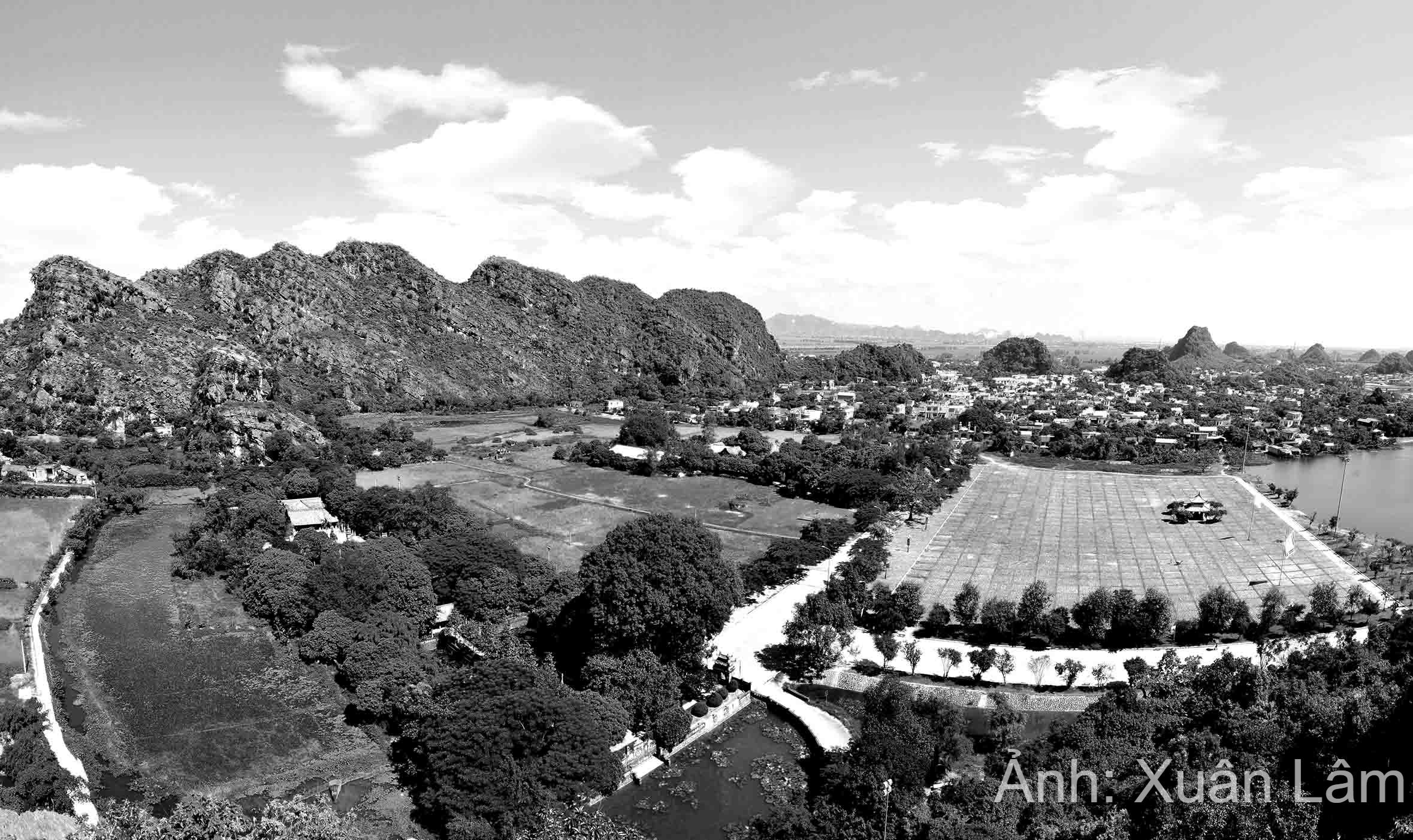Ninh Binh is located in the southernmost region of the Red River Delta, the gateway to the southern provinces. Ninh Binh is a land favored by nature with many beautiful landscapes, rich in cultural history, these are extremely valuable resources for tourism development.
Coming to Ninh Binh, visitors can return to the roots of the nation to understand more about traditions, history, culture, understand more about the land and people of Ninh Binh.
The land of Ninh Binh in the past was mostly a mangrove area in Chu Dien district, Giao Chi district. Experiencing many variations of history, Ninh Binh has many different names such as:

The land of Ninh Binh is the capital of Vietnam in the 10th century, the land associated with the career of 6 kings of the three dynasties Dinh - Le - Ly with historical imprints: Unification of Giang Son, Resistance of Song - Binh Chiem and the process of establishing Hanoi capital.; in the 13th century called Truong Yen palace; 18th century (Later Le dynasty) called Thanh Hoa suburban town
Under the Nguyen Dynasty still followed the old Thanh Hoa suburban town. In the 5th year of Gia Long (1806), the foreign town was changed to Thanh Binh, still belonging to Thanh Hoa town. In the 2nd year of Minh Menh (1821), the name of Truong Yen government was changed to Yen Khanh government. In the 3rd year of Minh Menh (1822), the name of Thanh Binh religion was changed to Ninh Binh religion. The place name Ninh Binh is from there, but it is still a religion of Thanh Hoa town. In the 12th year of Minh Menh (1831), the town of Ninh Binh was changed to Ninh Binh province and the Governor of the North was abandoned according to the administrative reform program of Minh Menh.
After the August Revolution (1945), a number of provinces and cities named after famous people or historical places, Ninh Binh was named Hoa Lu province for a short time. The district governments are collectively known as districts, consisting of 6 districts and one town. But on October 9, 1945, the Government Council decided that the provinces would regain their old names, then Hoa Lu was called Ninh Binh province of Tonkin, then called Tonkin.
After the unification of the country, in 1976 Ninh Binh merged with Ha Nam province (including Nam Dinh and Ha Nam) to form Ha Nam Ninh province. In December 1991, the 8th National Assembly of the 10th session decided to separate Ninh Binh province from Ha Nam Ninh province. On April 1, 1992, Ninh Binh province was officially re-established and put into operation under a new administrative unit, including 5 districts: Hoang Long, Gia Vien, Hoa Lu, Tam Diep, Kim Son and 2 towns: Ninh Binh, Tam Diep. In November 1993, Hoang Long district was renamed to Nho Quan district. In July 1994, Yen Khanh district was re-established, renamed Tam Diep district to Yen Mo district as before.
To date, Ninh Binh is a province with an area of 1387.5 km2 with a population of nearly 1 million people, including 8 administrative units (2 cities and 6 districts): Ninh Binh city, Tam Diep city, and district. Nho Quan, Gia Vien district, Hoa Lu district, Yen Mo district, Yen Khanh district and Kim Son district.